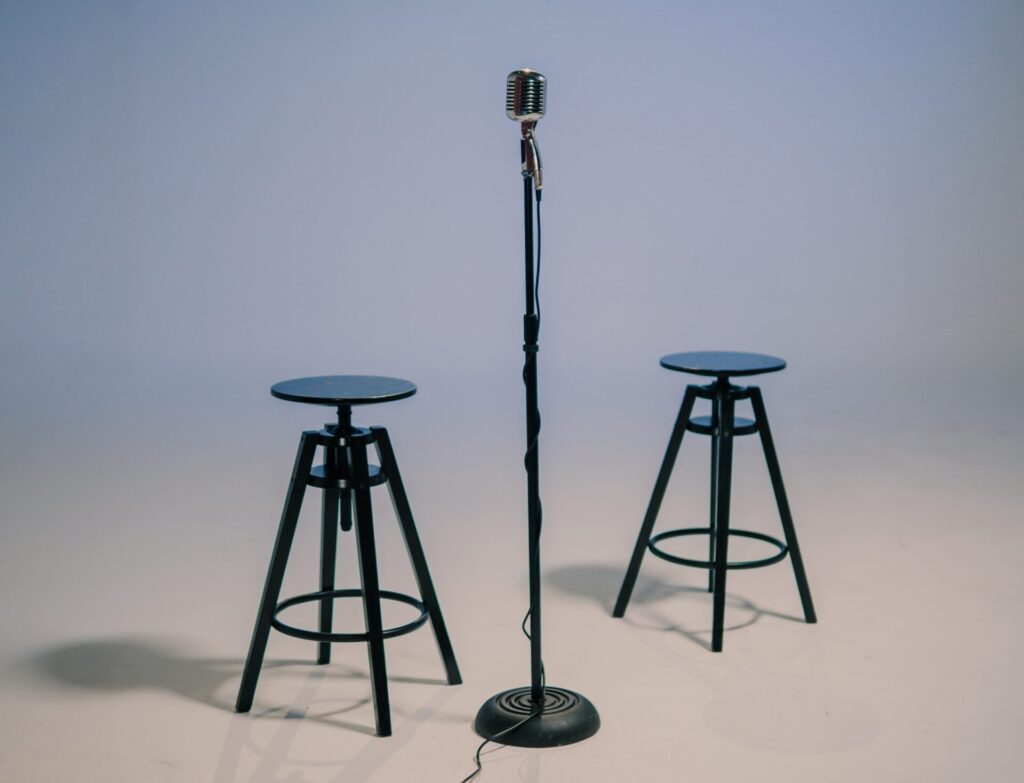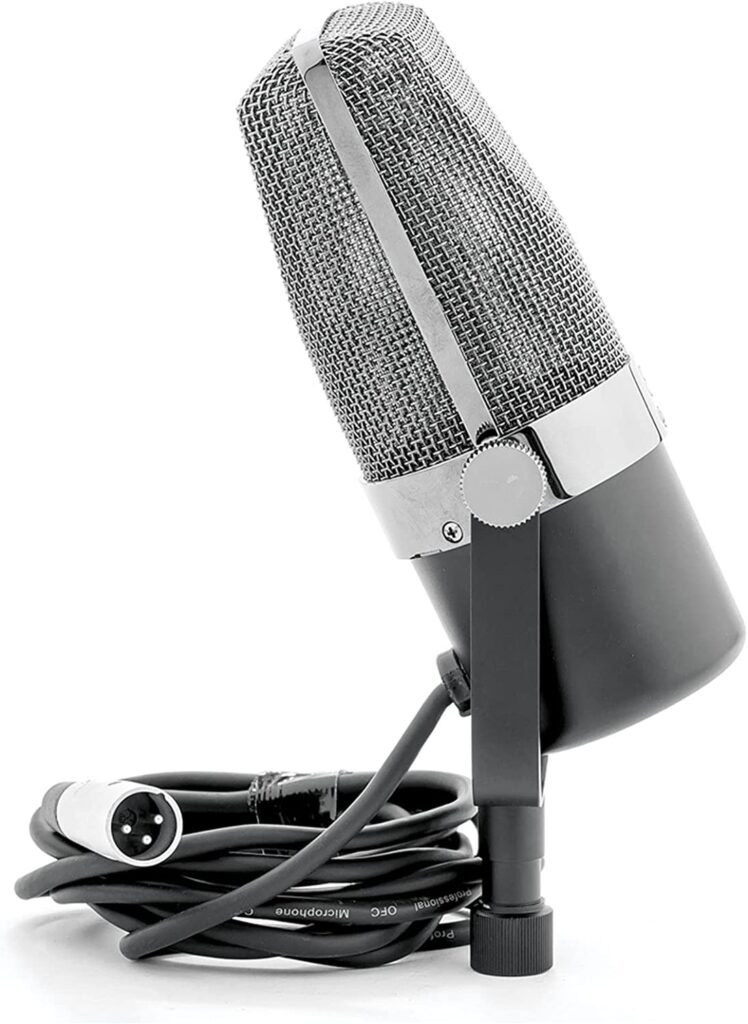Microphones are great for recording podcasts, live performances, working from home, and content creation. However, like any other technology, microphones can encounter problems that interfere with your recording or communication. Don’t worry! Every problem has a solution, and microphone errors are easy to fix. You can fix some mistakes quickly by following simple instructions and precautions. In this guide, we’ll look at some common microphone problems and propose solutions to make your content creation process simple and easy.
What are Common Microphone Problems
It’s best to identify problems you might face with headsets and microphones before looking for ways to fix them.
Some common issues include:
- There is an echo or feedback.
- There is distortion or crackling.
- The volume is too low.
- Your headset or microphone is not functioning.
These are some of the most common microphone problems that can spoil your mood and hope when using a headset or microphone, although they are not the only ones you may face. But don’t get disheart, below are some simple and quick solutions that will solve these problems in no time.
In most cases, something as basic as this may have the most upsetting impact and hold someone back from taking necessary action. Luckily, we have the easiest ways for you to solve minor, simple problems!
Before troubleshooting, it’s best to ensure your computer has restarted. This is usually the first thing most technicians ask: “Have you tried turning it off and then on again?” So, to prevent the inevitable, it’s best to do it before taking further steps.
No Sound or Low Volume
Low volume or no sound is a familiar issue users face while using a microphone. It can happen at any time during recordings or live sessions.
Solution:
- Check the microphone connection to make sure it is connected correctly.
- Inspect the cable for damage and replace it if necessary.
- Adjust microphone sensitivity or gain settings.
- Test the microphone on another device to rule out compatibility issues.
- Ensure your system settings select the microphone as the default recording device.
Background Noise and Interference
Unwanted background noise and interference can significantly degrade the quality of your recordings.
Solution:
- Use a noise-cancelling microphone.
- Keep the microphone away from electronic devices and sources of interference.
- Buy a pop filter to reduce plosive sounds like “p” and “s”.
- Consider acoustically treating the recording location to minimize echo and reverberation.
Distorted or Muffled Sound
Distorted or muffled audio can result from various factors affecting the clarity of your recordings.
Solution:
- Adjust the distance and angle of the microphone relative to the sound source.
- Check for physical obstructions or debris on the microphone diaphragm.
- Test different recording levels to find the optimal input volume.
- If you use a USB microphone, update its drivers to the latest version.
Weak Signal in Parts of the Venue
Wireless microphones are prone to signal blocking due to obstructions in the room or physical distance between the transmitter and receiver. Obstacles and distance create “dead zones” in an event space where microphone reception is severely weakened or cut out altogether. How do you avoid blind spots at your event?
Solution:
- First, as with the tip above, test your wireless microphone system in the room where it will be used at your event.
- Then, consult with your planning team, venue staff, and A/V technician. Find out if anyone has ever had severe problems with blind spots in your facility.
- If you find blind spots, pay attention to them and let presenters know where they are so they can avoid them.
Echoes and Feedback
Echoes and feedback can be disruptive, making your audio content less professional.
Solution:
- Use headphones to monitor audio and prevent feedback loops.
- Adjust the microphone position to minimize reflections.
- Use acoustic panels or sound-absorbing materials in your recording room.
- Reduce microphone sensitivity to reduce the chance of feedback.
Incompatibility with Software or Applications
Sometimes, microphones may need to work smoothly with specific software or applications.
Solution:
- Update your software and applications to the latest versions.
- Check for compatibility issues between your microphone and software.
- Find driver updates for your microphone.
- Consider using alternative software or applications to determine if the problem persists.
These are some common problems and solutions that affect microphone performance. You can fix and avoid them in no time. The creators know how to speed up game recording; it’s easy to set and remember. If you are facing unique microphone issues that need to be listed, please comment below; we’d love to hear your feedback and include it in the list.




